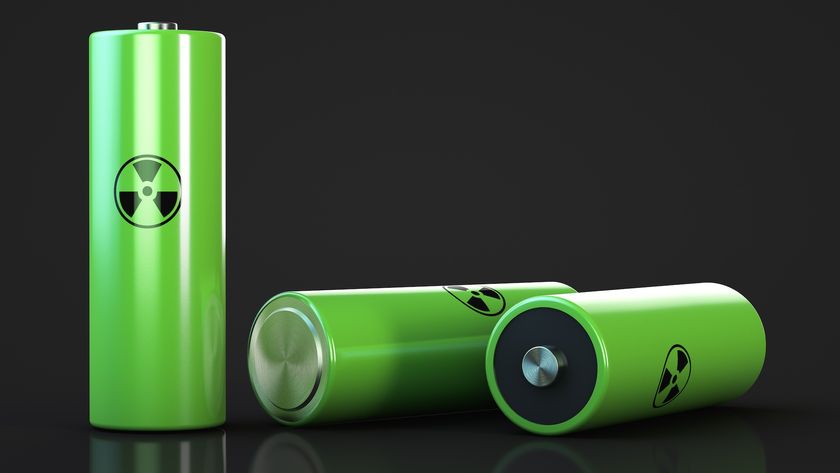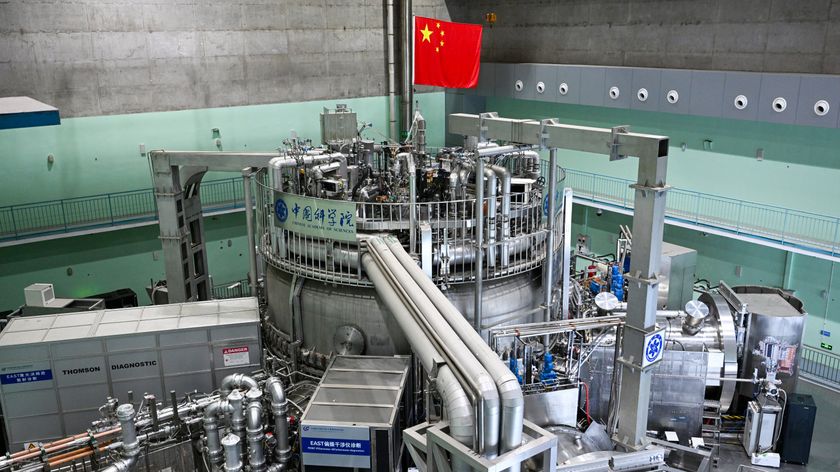First Next-Gen US Reactor Designed to Avoid Fukushima Repeat
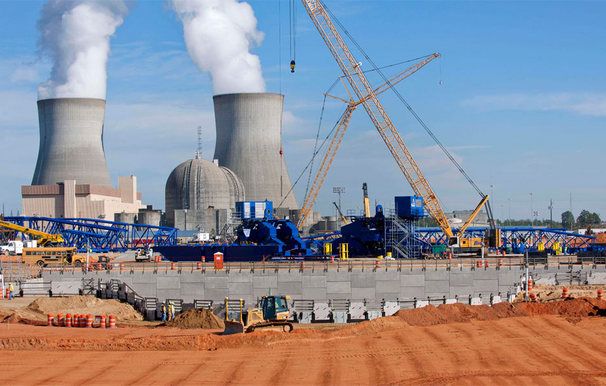
The United States has approved construction of new nuclear reactors for the first time in three decades. The two new reactors approved today (Feb. 9) for Georgia would represent the first U.S. versions of next-generation reactor designs that have begun appearing in China.
These "third-generation" reactors are said to be safer, with longer-lasting batteries and passive cooling systems powered by gravity so that they can survive longer during emergencies without outside power.
The Nuclear Regulatory Commission approved construction of the two reactors at an existing nuclear power plant in Vogtle, Ga., in a 4-1 vote.
"The last plant that got to this stage of the [approval] process did so in 1978," said Harold McFarlane, manager of the nuclear science and technology directorate at Idaho National Laboratory. "We think it's a very significant step going forward. It is the first of the new generation."
The U.S. froze construction of nuclear power plants after the partial core meltdown at Three Mile Island, Pa., in 1979. Consequently, the 104 nuclear plants still operating in the country have designs dating to the 1960s and 1970s. Meanwhile, the first of the third-generation plants were designed in the 1990s and were updated throughout the new millennium.
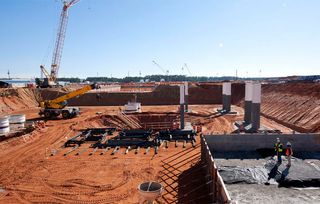
Making a safer reactor
Following the devastating earthquake and tsunami that led to the meltdown at Japan's Fukushima Plant last March, Germany, Switzerland and Spain halted construction of any new nuclear power plants. However, energy-hungry China has pressed ahead with adding new, third-generation nuclear reactors.
Sign up for the Live Science daily newsletter now
Get the world’s most fascinating discoveries delivered straight to your inbox.
The newly approved AP1000 reactors for the Vogtle plant — to be made by Westinghouse — have safety features that would give people "days instead of hours" to restore electric power in a Fukushima scenario, McFarlane told InnovationNewsDaily. The Fukushima reactors suffered a meltdown after the lack of electricity knocked out their cooling systems.
In the new models, which Westinghouse already has built for China, "the water needed to cool the reactors is stored inside the containment building rather than outside of containment," explained Robert Buell, a risk analyst at Idaho National Laboratory. "You use physics and natural circulation along the containment walls to cool the reactors instead of relying on mechanical systems."
Ghosts of Fukushima
The Fukushima disaster did not go unmentioned during the Nuclear Regulatory Commission vote. According to the news service Reuters, NRC chairman Gregory Jaczko cast the lone vote against the new reactors, arguing that the commission should delay approval until it requires all nuclear plant operators to include "Fukushima enhancements" — safety and operational lessons learned from the meltdown.
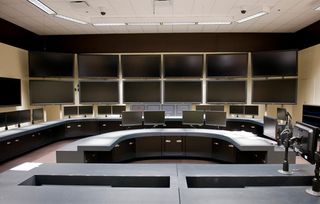
Mitchell Singer, a spokesman for the trade group the Nuclear Energy Institute, contended that delaying approval for that reason would be pointless. All reactors, old or new, would have to abide by such regulations anyway once the NRC decided to put the safety standards into effect, Singer argued.
Most proposed nuclear reactors under consideration in the U.S. would be built at current plants. The NRC is reviewing 12 combined license applications for reactors at 20 nuclear power plants; Singer said he expects five new reactors to have powered up by the end of the decade.
Boosting energy production
Nuclear plants in the U.S. have boosted production by 40 percent over the past two decades to make up for the lack of new construction amid the growing demand for electricity. Almost all the 104 reactors are undergoing relicensing and power upgrades to operate for 20 more years, McFarlane said. That's likely to keep nuclear power supplying about a fifth of all US energy needs in the foreseeable future, he said.
Adding a nuclear plant typically has taken five to 10 years. But while building in China, the Shaw/Westinghouse Consortium perfected a modular construction method that shortens that timeline to about four or five years.
The leaner, simpler design also requires fewer construction materials.
"The total amount of commodities in each nuclear plant per megawatt [of energy generated] is reduced substantially, like a 40 percent reduction," McFarlane said.
This story was provided by InnovationNewsDaily, a sister site to LiveScience. You can follow InnovationNewsDaily Senior Writer Jeremy Hsu on Twitter @ScienceHsu. Follow InnovationNewsDaily on Twitter @News_Innovation, or on Facebook.

